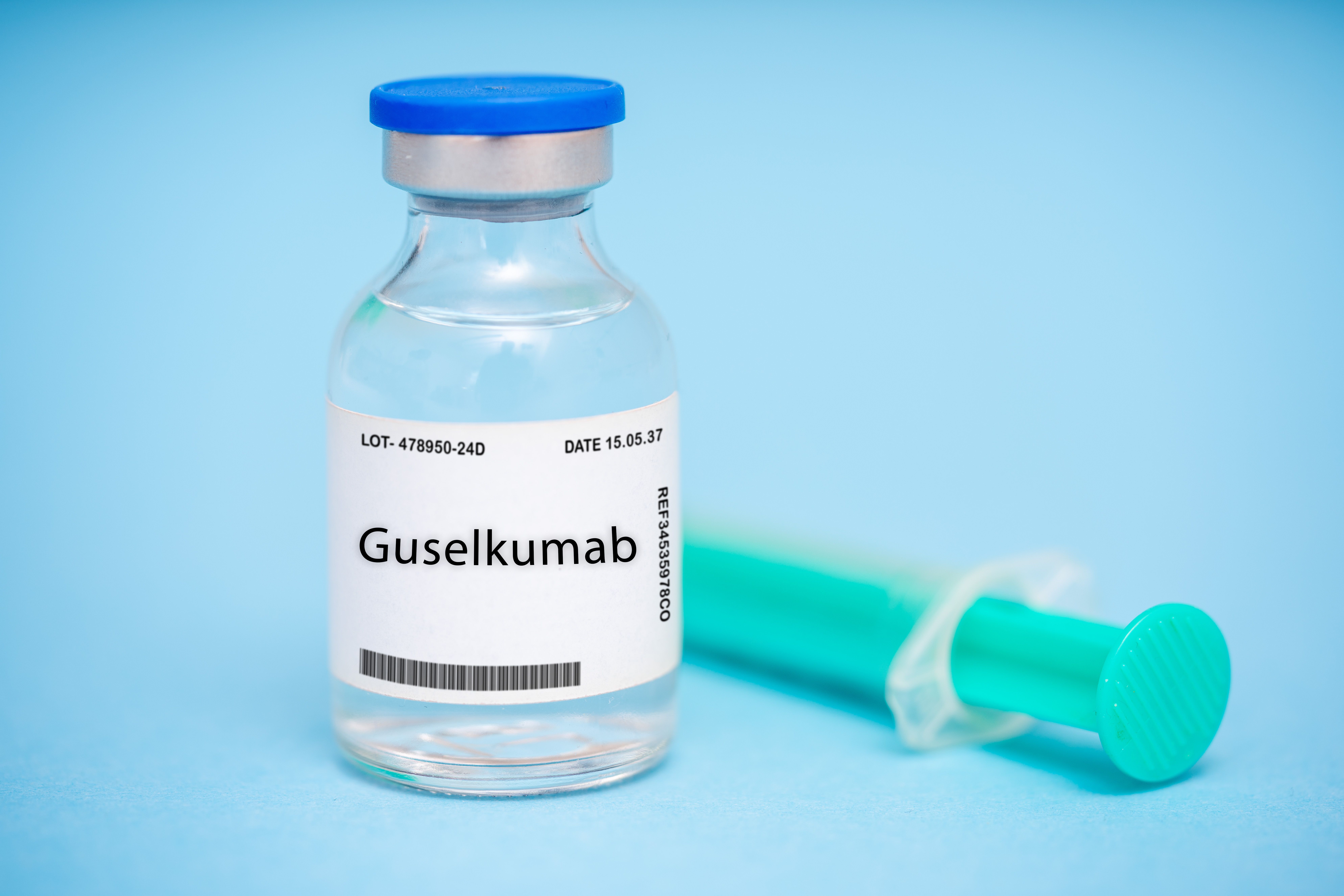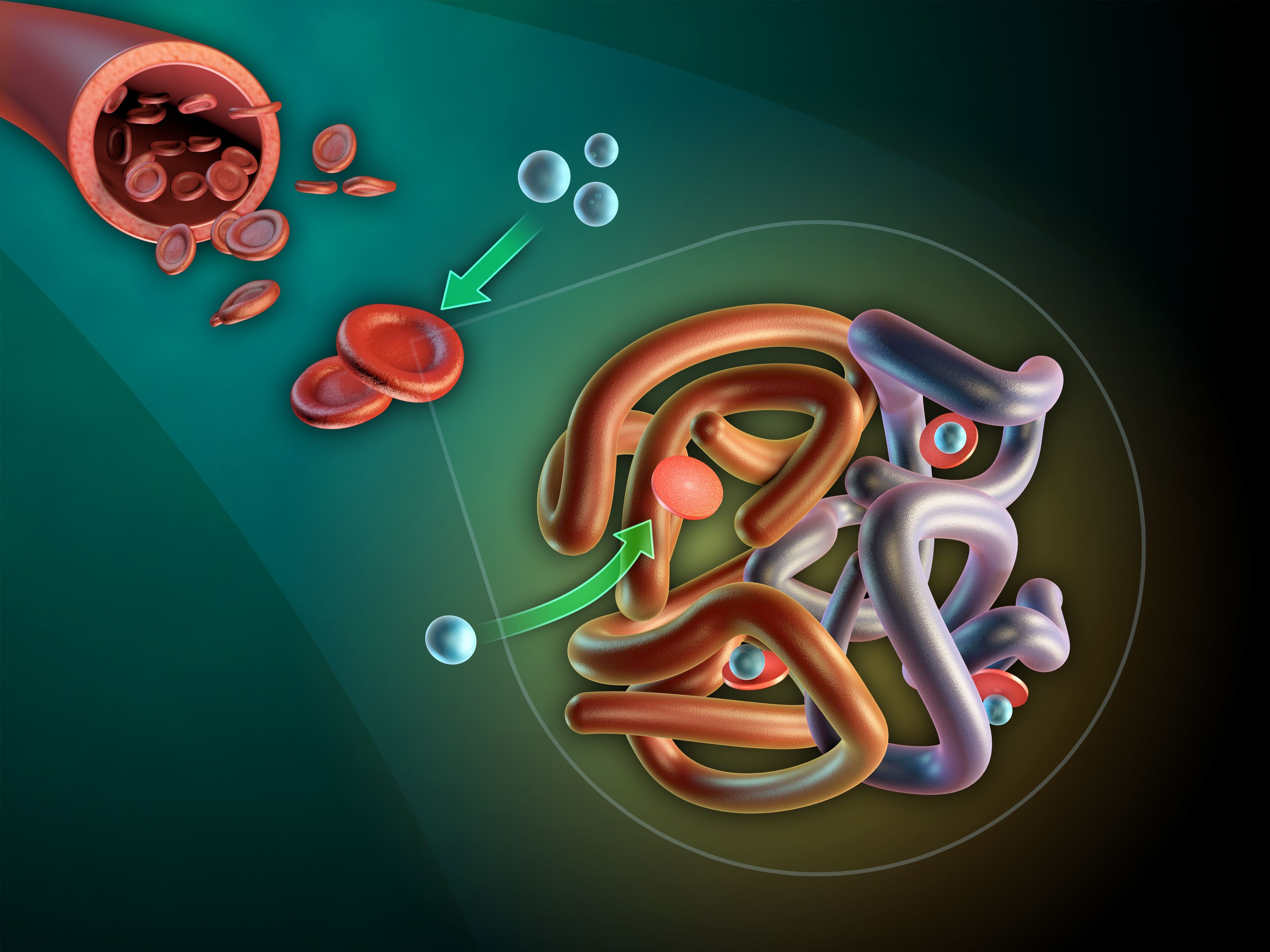Article
Consider Screening Patients With Food Allergy for EoE, Pilot Study Says
Author(s):
A recent study found a correlation in patients with an IgE-mediated food allergy (IgE-FA) reporting symptoms of eosinophilic esophagitis (EoE), leading researchers to conclude screening for EoE may be beneficial.
A study published in Annals of Allergy, Asthma & Immunology found that children with IgE-mediated food allergy (IgE-FA) display symptoms of eosinophilic esophagitis (EoE), which raises concern for undiagnosed EoE.
The aim of the study was to determine the extent to which children with IgE-FA reported EoE symptoms without screening.
The study took place from April to October 2021. Children with IgE-FA were surveyed using the Pediatric Eosinophilic Esophagitis Symptom Severity Module (PEESS). Children aged 8 to 18 years or parents who proxied for their children aged 2 to 18 years filled out this questionnaire. Children with diagnosed EoE and IgE-FA were included for comparative purposes; children diagnosed with EoE but not IgE-FA were excluded.
The primary outcome was patients who scored the frequency of their symptoms as greater than or equal to 1 or more times a week and severity as “kind of bad” or greater. All patients answered a supplemental question, “Do you ever feel food going down after swallowing?” A “yes” answer to this question was considered a co-primary outcome.
Secondary outcomes were positive responses on non-dysphagia-specific PEESS items and the correlation between child and parent responses.
There were 263 patients and parents surveyed over 6 months; after exclusions, 223 patients (210 with IgE-FA only and 13 with IgE-FA and EoE) were analyzed. Median age of the patients was 9 years and 64% were male; about 10% reported a family history of EoE.
Of the patients, 16% reported dysphagia symptoms (13% IgE-FA only); 25 patients responded yes to the supplemental question, equaling 31% of children with symptoms of dysphagia or abnormal feeding sensations (28% were IgE-FA only). Positive parent responses totaled 12% overall and 12% in children with IgE-FA only. Overall, 24% of participants with IgE-FA without EoE had a positive response.
Of patients with IgE-FA with the primary endpoint for dysphagia, 90% reported positive responses to a non-dysphagia item. More than half who responded positively to the supplemental question reported at least 1 positive response to a non-dysphagia PEESS item.
Only 9 of the parent and child responses correlated to each other. A negative parent response was received from 57% of cases where children with IgE-FA only reported dysphagia.
There were some limitations to this study. The study period was abbreviated to receive initial baseline responses as a foundation for future studies. There was not a control group and no endoscopy to definitively diagnose EoE. The supplemental question was not validated. Recent data suggest that dysphagia scores on the PEESS may not differentiate EoE vs non-EoE groups. EoE may also be asymptomatic and transient over time, which should be considered alongside the data from this study.
The authors noted the family history of EoE present in their subjects and also the finding that half of dysphagia cases were not recognized by parents, raising the idea that "symptoms may be unrecognized and underreported both in the home and medical settings."
The researchers concluded that children with IgE-FA have reported high rates of dysphagia. “It is necessary to evaluate these patients histologically, but these findings may serve as foundation for formal screening recommendations in the future,” the authors wrote.
Reference
Capucilli P, Ramsey A, Tuong LA, Mustafa SS. Should children with IgE-mediated food allergy be screened for eosinophilic esophagitis? Ann Allergy Asthma Immunol. Published online March 12, 2022. doi:10.1016/j.anai.2022.03.008





